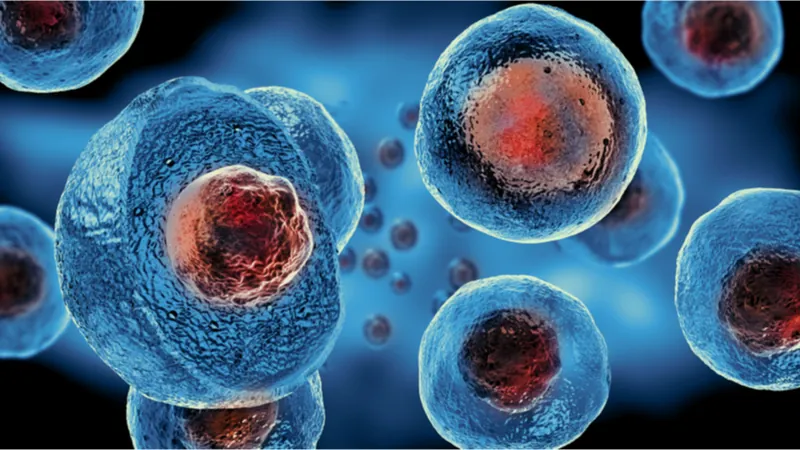A team of Harvard researchers has published a paper in eLife detailing the downstream effects of small molecule partial cellular reprogramming.
Rejuvenating cells from the ground up

Read More
We have recently reported on a review of partial cellular reprogramming that used a cocktail of small molecules named 7c. One of its authors, Prof. Vadim Gladyshev, is also an author of this paper, which uses both 7c and a two-factor cocktail called 2c, which does not have the negative effects on cellular proliferation that 7c has [1].
Thorough cellular testing
For the first part of this experiment, the researchers took fibroblasts from the tails and ears of 4-month-old and 20-month-old male Black 6 mice and exposed them to both 7c and 2c. While none of the cells had any visible changes, the 2c-exposed cells had more alkaline phosphatase, which is a marker of pluripotency; this suggests the possibility that these cells were being reprogrammed too far.
Cells exposed to 7c had far more mitochondrial oxygen consumption under stress and considerably higher spare respiratory capacity, whether they were taken from young or old mice. The basal oxygen consumption was, interestingly, decreased instead of increased in the 2c-exposed group.
The researchers then took a look at gene expression. Principal component analysis discovered that 2c and 7c each did considerably different things to gene expression, far more than aging did, and these changes were largely the same between cells taken from each age group.
Most critically, 2c reprogramming had many gene expression similarities with OSKM reprogramming, while 7c reprogramming appeared to be doing something different. For example, the expression of Myc, one of the OSKM factors, was upregulated in 2c treatment but downregulated with 7c. However, both treatments, particularly 7c, reversed aging according to both an RNA transcription clock. 7c also consistently reversed aging according to the DNAmAge epigenetic methylation clock.
More anti-aging effects, but some surprising findings
With aging, genes that correspond to inflammation, death by apoptosis, and p53 senescence-related signaling are upregulated. OSKM, 2c, and 7c all reverse this tendency in most cases, although 7c surprisingly upregulated both p53 and the mTORC1 complex that is downregulated by rapamycin. However, it also appeared to downregulate a related pathway, PI3K/Akt.
Additionally, mRNA splicing is downregulated both by aging and by all current forms of partiaal reprogramming, although 2c and, especially, 7c upregulated proteins that are required for its methylation. All in all, the researchers note that, despite the mixed effects, both cocktails, particularly 7c, have powerful effects on mitochondrial function and that the vast majority of their induced changes directly counteracted the changes induced by aging.
Age-related metabolites were also downregulated by this treatment. Just like with gene expresion, 7c appeared to be having considerably different effects on the cells than 2c. Its effects on metabolism are “much more profound” and the researchers suggest that it appears to be driving the cells into a “different metabolic state” rather than directly reverting the changes brought by aging.
The researchers do note, however, that these experiments were conducted exclusively on fibroblasts taken from males of the inbred Black 6 strain of mice. Considerably more experiments on different cell types and living animals would need to be conducted to see if any small molecule cocktail is effective as a treatment for any age-related disease.
Literature
[1] Schoenfeldt, L., Paine, P. T., Kamaludeen M, N. H., Phelps, G. B., Mrabti, C., Perez, K., & Ocampo, A. (2022). Chemical reprogramming ameliorates cellular hallmarks of aging and extends lifespan. bioRxiv, 2022-08.




